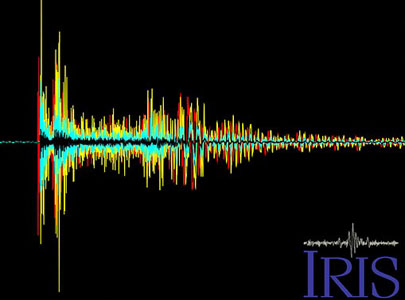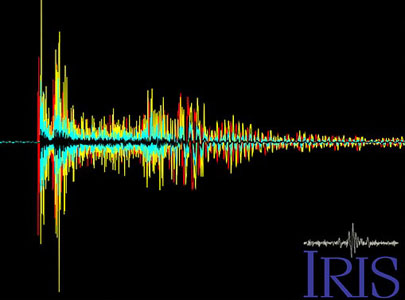Does North Korea really have an H-bomb?
SMU's Earth Science Prof. Brian Stump says North Korea likely detonated a nuclear explosion on Jan. 5.

By Richard Stone
 Seismograms of North Korea’s four declared nuclear tests, courtesy of Andy Frassetto, Incorporated Research Institutions for Seismology. |
North Korea claims to have detonated its first hydrogen bomb yesterday. But experts are skeptical that the pariah state detonated—not an ordinary atomic device—but a much more powerful “H-bomb of justice,” as state media is now calling it. So what kind of device did the reclusive regime test? And how can nuclear jockeys make such a determination from afar?
 Brian Stump |
There’s no doubt that North Korea detonated something near where it conducted nuclear tests in 2006, 2009, and 2013. Seismic stations yesterday recorded a magnitude-5.1 earthquake with a waveform nearly identical to those registered after North Korea’s earlier tests, supporting its claim. The waveform confirms that an explosion triggered yesterday’s earthquake, says Brian Stump, a seismologist at Southern Methodist University in Dallas, Texas. “It could be a chemical or nuclear explosion, but because of the magnitude it is likely a nuclear explosion,” he says.
Researchers are now “chewing through the waveforms” registered by seismometers in the region “to see what’s different from 2013,” says Andy Frassetto, a seismologist with the Incorporated Research Institutions for Seismology consortium in Washington, D.C.